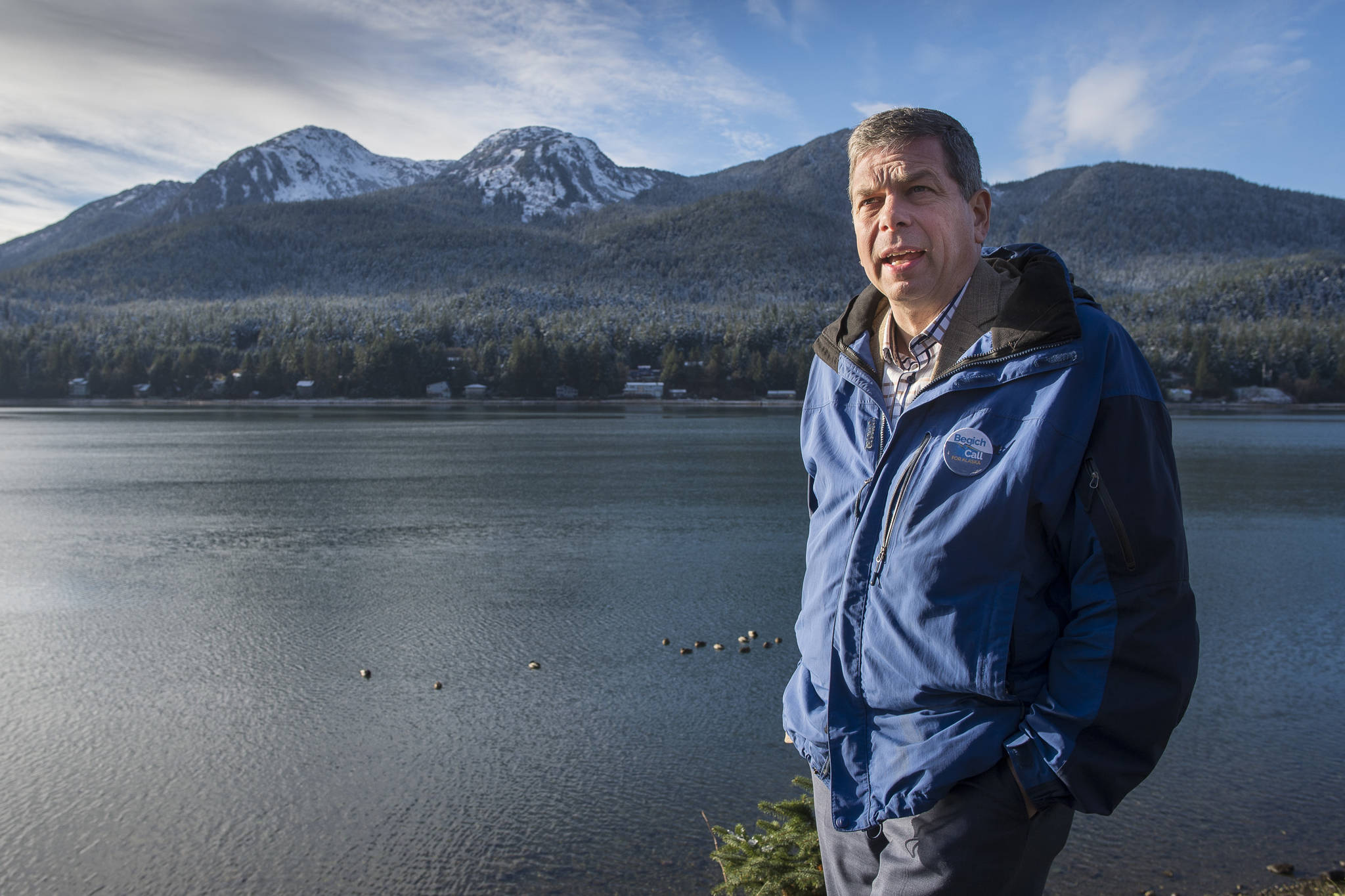With the next legislative session right around the corner, Gov. Bill Walker revealing his last budget proposal and Gov.-elect Mike Dunleavy getting ready to head to Juneau, the question on all Alaskans’ minds is what will actually happen with the Permanent Fund Dividend?
As of Nov. 1, there was approximately $46.9 billion in the corpus of the fund, which can only be spent with a vote of the people. Meanwhile, there is $17 billion in the earnings reserve account, which can be spent with only a simple majority of the state House of Representatives and state Senate. Last year, the fund earned approximately 10.74 percent, and it’s estimated to have an average rate of return of 6.5 percent over the next 10 years. All dividend funds are drawn from the earnings reserve.
So, what will Dunleavy and the next Legislature do? Will they start to drain the Permanent Fund by spending down the earnings reserve? Will they provide back pay on dividends to fulfill Dunleavy’s campaign promise which is estimated to cost between $4.3 and $4.5 billion? Will they constitutionally protect the PFD or leave it in the politicians’ hands, subjecting it to political whims?
While many campaigned on oversimplified promises, the future of the PFD — whatever it may be — is more complicated. And if the Legislature wants to truly protect the PFD for future generations, it will take an honest look at the numbers.
Knowing what we know today based on the dynamics of the incoming House (unless the House District 1 race shifts the dynamic), the recently announced Republican-led Senate, and the soon to be Dunleavy administration, I would make the following predictions:
1. They won’t inflation-proof the fund. This may increase the PFD for 2019, but will inevitably decrease the value of future PFDs because there will be less money in the earnings reserve, which affects the long-term dividend calculation, and will drive down the dividend over time. Effectively this is the same as cutting the dividend.
2. They won’t adhere to the prudent rule of investment, and only use 4 percent of the fund. Instead they will take half of the earnings for the year and pay out dividends. This will decrease the value of the fund and again decrease the value of future PFDs.
3. They won’t transfer a sizable amount, $10-14 billion, of the earnings reserve account to the corpus of the fund. This means the money will continue to be available to politicians. They will spend down the earnings reserve, which will decrease the value of future PFDs.
4. They will not give voters the chance to constitutionally protect the PFD. This gives the Governor and the Legislature — today and into the future — the ability to spend the money and ultimately decrease the value of future PFDs.
I hope I am wrong, but I believe the future of Alaskans’ PFDs will be written in the coming months. This is a pivotal moment in which elected officials could cement the promise of the PFD into the future, but it will take courage and foresight to do the right thing. If politicians in Juneau do not finally address this issue with a sustainable, long-term solution, they will never be able to make meaningful progress on other key issues like education reform, reducing crime and creating jobs.
The PFD is a reflection of our shared values and our common investment in our state’s resources. As I have said before, I believe former Gov. Jay Hammond was right when he explained, “Of one thing I’m sure … as go dividends, so goes the Permanent Fund. Cap, reduce or eliminate the PFD, and the fund will follow suit.”
Let’s hope those headed to Juneau agree.
• Mark Begich is a former U.S. senator who recently ran as a Democrat for governor of Alaska. My Turns and Letters to the Editor represent the view of the author, not the view of the Juneau Empire.

